
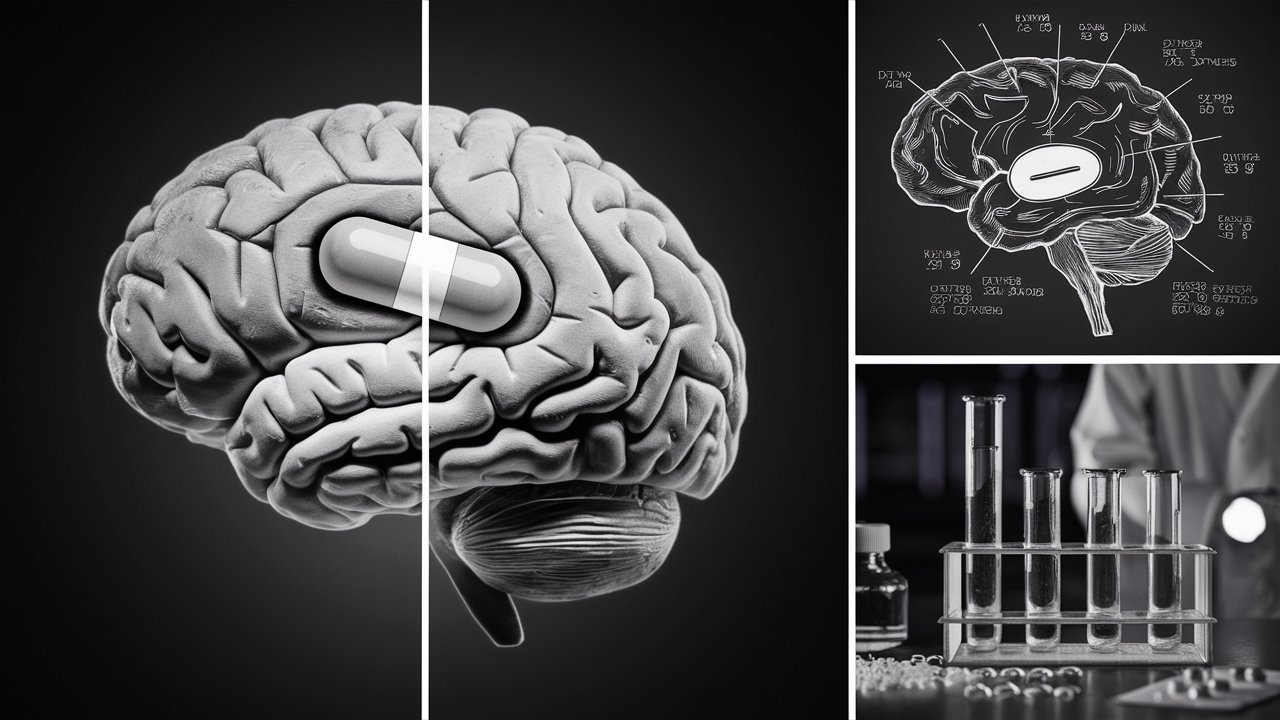
How Addiction Affects The Brain
- No Comments
Addiction is a severe brain disease that affects millions of Americans. Nearly 23 million people, almost one in 10, struggle with alcohol or drug addiction.
This shows how addiction changes the brain’s chemistry and neural paths deeply.
This disorder brings intense cravings and a loss of control over substance use. People keep using substances even when it harms them.
The brain’s reward system gets hijacked by drugs or alcohol. Over time, the brain needs more of these substances to feel good, making it hard to enjoy other activities.
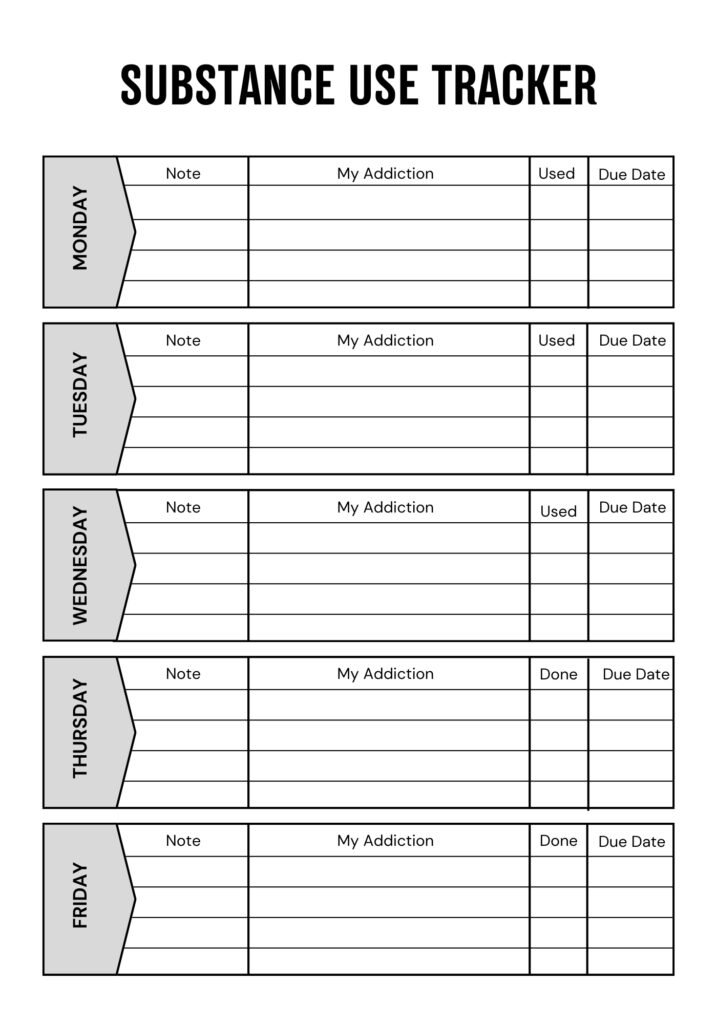
Knowing how addiction changes the brain helps us find better treatments. By looking at brain regions and chemical processes, we see addiction’s deep effects. This knowledge helps us fight addiction and support those recovering from it.
Introduction to the Human Brain
The human brain is an amazing and complex organ. It has billions of specialized cells called neurons. These neurons form complex circuits and networks, allowing information to move smoothly throughout the body.
Learning about the brain helps us see how drugs can affect it deeply.
The Complexity of the Human Brain
The brain’s complexity is mind-blowing. It has over 86 billion neurons, each making thousands of connections. This system lets the brain handle information, control the body, and shape our thoughts and feelings.
Thanks to neuroplasticity, our brains can change and adapt throughout our lives. This means they can reorganize based on our experiences and the world.
How the Brain Functions
Neurons are the heart of the brain’s function. They work like tiny switches, controlling information flow. They talk to each other using chemical messengers called neurotransmitters.
These messengers send signals to other neurons, creating electrical impulses. This network lets the brain understand sensory info, make decisions, and control our actions.
| Key Brain Regions | Primary Functions |
|---|---|
| Limbic System | Responsible for processing emotion, motivation, and memory |
| Cerebral Cortex | Involved in higher-order cognitive functions like reasoning, decision-making, and language |
| Brain Stem | Regulates basic life functions like breathing, heart rate, and sleep |
Understanding how the brain’s regions work together shows us how drugs can affect it. This can lead to addiction and other lasting effects.
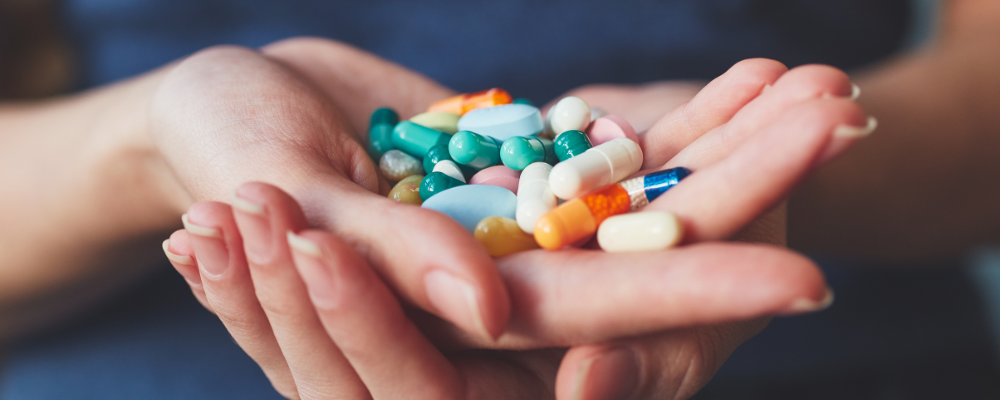
How Drugs Interact with the Brain
Drugs can deeply affect the brain, leading to addiction. They mess with the brain’s neural networks. This happens by altering how neurons send, receive, and process signals through neurotransmitters. This can cause abnormal brain signals and harm an individual’s health.
The Effects of Drugs on Neurotransmitters
Drugs can change how neurotransmitters, chemicals that help neurons talk to each other, work. Some drugs act like the brain’s neurotransmitters, while others make neurons release too many or stop recycling them. This messes with the balance of neurotransmitters, leading to changes in brain signals, which can hurt thinking and behavior.
| Drug | Effect on Neurotransmitters | Potential Consequences |
|---|---|---|
| Alcohol | Enhances the effects of GABA, the brain’s main inhibitory neurotransmitter, leading to sedation and impaired cognitive function. | Increased risk of stroke, memory problems, and Wernicke-Korsakoff Syndrome. |
| Opioids | Activate the brain’s reward system by mimicking the effects of endorphins, the natural pain-relieving neurotransmitters. | Cognitive impairments, such as deficits in strategic planning, decision-making, and executive functioning. |
| Stimulants (e.g., cocaine, methamphetamine) | Increase the release of dopamine, a neurotransmitter associated with pleasure and reward, leading to a “high” sensation. | Cognitive deficits, including impaired memory, attention, and decision-making skills, as well as changes in brain structure and function. |
The impact of drugs on the brain is vast and can affect many areas. It leads to abnormal brain signals and changes. Knowing how drugs work in the brain helps us find ways to prevent and treat addiction.
Brain Areas Affected by Drug Use
Addiction changes the brain in many ways, affecting areas key for reward, decision-making, and controlling impulses. The basal ganglia, extended amygdala, and prefrontal cortex are especially hit by drug use.
The Basal Ganglia and Reward Circuit
All addictive drugs, like cocaine or opioids, boost dopamine in the brain’s reward pathway. This makes people feel good and wants more of the drug.
Over time, the brain has fewer dopamine receptors and more transporters, making it hard to feel pleasure naturally.
This leads to needing more drugs to feel the same high, showing addiction’s grip.
The Extended Amygdala and Withdrawal
The extended amygdala deals with anxiety and plays a big part in addiction. It gets more sensitive with drug use, causing more withdrawal symptoms like anxiety and cravings. These feelings make people want to keep using drugs, keeping the addiction cycle going.
The Prefrontal Cortex and Impulse Control
The prefrontal cortex helps with planning, making decisions, and controlling impulses. But, long-term drug use harms it. This makes it harder to resist cravings and control drug-seeking behavior.
This loss of control is a key part of addiction, making sobriety hard to achieve.
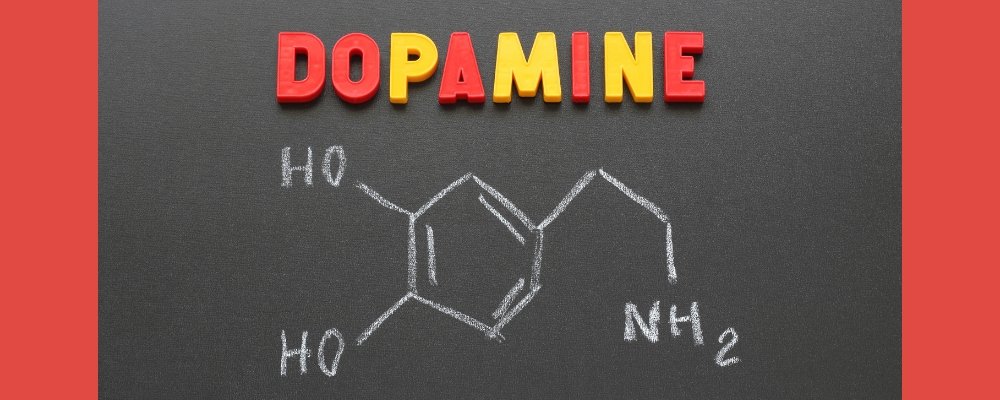
The Role of Dopamine in Addiction
Dopamine is a key chemical in the brain that helps with addiction. It sends messages between nerve cells. These messages help us feel pleasure, reward, and reinforcement.
The Brain’s Reward System
The brain has a reward system called the mesolimbic pathway. Dopamine affects this system a lot. When we do fun things like eat, drink, or have sex, dopamine is released. This makes us feel good and want to do those things again.
Drugs take over this reward system, making a lot more dopamine release.
Dopamine Reinforcement and Habit Formation
Dopamine helps us feel pleasure and also helps us learn and remember things. Drugs make a lot more dopamine, which makes us want to use drugs again. This leads to habits and a strong need for drugs.
As addiction grows, the brain needs more dopamine than it can make. This makes us crave drugs more and depend on them for the dopamine we need.
This cycle of getting more dopamine and forming habits is key to addiction.
| Key Role of Dopamine in Addiction | Impact on the Brain |
|---|---|
| Contributes to the experience of pleasure and rewardPlays a crucial role in learning and memoryMotivates us to repeat pleasurable activitiesDrugs hijack the brain’s reward system, causing a surge of dopamine | Leads to the formation of habits and compulsive drug-seeking behaviorIncreases cravings and reliance on drugs to trigger the desired dopaminergic responseCauses the brain to demand more dopamine than its natural production allows |
How Addiction Affects the Brain’s Reward System
Addiction harms the brain’s reward system, a network that makes us feel pleasure. When someone uses drugs often, their brain changes. This makes it hard to feel joy from things we used to enjoy. This is called tolerance.
People with addiction need more drugs to feel the same high. This makes the problem worse. It’s like their brain’s pleasure circuits get taken over. They start to enjoy less of the good things in life.
Using drugs a lot also changes the brain’s chemistry. It lowers the amount of neurotransmitters like dopamine. This makes it tough for the brain to feel pleasure. It also makes the need for the drug stronger.
| Drug | Effect on Reward System |
|---|---|
| Opiates | Significantly increase dopamine release in the brain’s reward center |
| Alcohol | Significantly increase dopamine release in the brain’s reward center |
| Nicotine | Significantly increase dopamine release in the brain’s reward center |
| Amphetamines | Significantly increase dopamine release in the brain’s reward center |
| Cocaine | Significantly increase dopamine release in the brain’s reward center |
Addiction changes how the brain works, leading to impulsive behavior and a constant need for drugs.
It also makes it hard to enjoy life’s simple pleasures. Knowing how addiction affects the brain helps us find ways to help people overcome it.
Tolerance and Compulsive Behavior
When the brain gets used to drugs, it changes. This makes it less sensitive, leading to tolerance. People then need more of the drug to feel the same effects.
This leads to compulsive drug-seeking behavior and a hard time controlling drug use, even when it’s bad.
Cravings from environmental cues linked to drug use can make people relapse. This is true even after they’ve stopped using drugs for a while.
The relapse risk stays high because the brain’s reward system changes from the constant compulsive drug use.
The Development of Tolerance
As the brain gets used to drugs, it changes. This makes it less sensitive. So, people need more of the drug to feel the same effects.
Compulsive Behavior and Relapse
Tolerance leads to compulsive drug-seeking behavior and trouble controlling drug use. Even with negative outcomes, people can’t stop.
Cravings from environmental cues linked to past drug use can also lead to relapse, even after a long break.
| Risk Factor | Description |
|---|---|
| Tolerance development | The brain becomes less responsive to the drug, requiring larger doses to achieve the same effect. |
| Compulsive drug use | The inability to control drug-seeking behavior, even in the face of negative consequences. |
| Cravings | Intense urges to use the drug, often triggered by environmental cues associated with past drug use. |
| Relapse risk | The high likelihood of returning to drug use, even after periods of abstinence. |
| Environmental cues | Sights, sounds, or situations that are associated with past drug use and can trigger cravings. |
How Addiction Hijacks the Brain
Addiction is a complex disease that changes how the brain works. When someone uses drugs or alcohol, the brain’s pleasure circuits get taken over. This makes them keep looking for more of the “high” they feel from these substances.
The Brain’s Pleasure Circuits
The brain’s reward system uses a chemical called dopamine to make us feel pleasure. This system is active when we do things we enjoy, like eating or hanging out with friends. But drugs and alcohol can make this system go wild, giving too much dopamine.
This can mess up the brain’s balance. Soon, people might not feel happy without the substance. They start to need it to feel good.

The Role of the Frontal Cortex
The frontal cortex helps us make decisions, control our impulses, and think about the outcomes of our actions. But addiction can hurt this part of the brain. It makes it harder to stop using the substance.
This can lead to poor decision-making and compulsive behavior. It makes breaking the addiction cycle even tougher.
Addiction is a chronic disease that can harm a person’s health, relationships, and life. Knowing how it affects the brain’s reward and pleasure systems is key to fighting it.
Risk Factors and Vulnerability to Addiction
Addiction is a complex issue with many factors at play. Genetic predisposition and environmental influences are key. These factors can make someone more likely to become addicted. Adolescent brain development also plays a role in making some more vulnerable to addiction.
Genetic and Environmental Factors
Addiction often runs in families, hinting at a genetic component. However, not everyone in an affected family will develop an addiction.
Environmental factors like childhood trauma or stress can raise the risk of addiction.
- Risk factors include aggressive behavior, lack of supervision, and easy access to drugs. Being poor and having low peer refusal skills also increases the risk.
- On the other hand, protective factors are things like self-confidence, supportive parents, positive friendships, good grades, and strong anti-drug policies at school.
The Adolescent Brain and Addiction
Teens are especially at risk for addiction because their brains are still developing.
The part of the brain that controls impulses and decisions isn’t fully grown yet. Starting to use drugs early on can lead to serious addiction later.
- Using drugs like smoking or injecting them can make them more addictive because they give a quick, intense feeling of pleasure.
- The part of the brain that helps with making good decisions and controlling emotions is still developing in teens. This makes them more likely to try drugs.
- About 90% of people with addictions started using substances when they were teens.
Prevention and Treatment of Addiction
Preventing addiction is key, especially in childhood and teens when the brain is still growing. Doing healthy things, making strong friendships, and staying away from drugs and alcohol early on can protect people from addiction.
The National Institute on Drug Abuse says programs that focus on research can really help stop young people from starting to use drugs. These programs work by tackling risks and increasing safety factors in places like schools and neighborhoods.

Importance of Early Prevention
The teen brain is very open to the effects of drugs, changing a lot during this time. It’s vital to act early to stop addiction before it starts. This means tackling the causes of addiction and teaching young people how to make good choices. Early action can lead to a life without substance abuse.
Medication-Assisted Treatments
For those fighting addiction, a mix of medicine and behavioral therapy works well. With support, treatments like methadone, buprenorphine, or naltrexone can lessen cravings and withdrawal. This makes it easier for people to recover and learn how to handle tough times.
Behavioral Therapies and Relapse Prevention
Along with medicine, therapies like cognitive-behavioral therapy and contingency management are key. They deal with the mental and social parts of addiction.
These therapies help people stay sober by teaching them how to avoid relapse and keep up with recovery. This way, they can take back control of their lives and be active members of society.
FAQ
What is addiction and how does it affect the brain?
Addiction is a complex brain disease. It involves craving something intensely, losing control over its use, and continuing to use it despite negative effects. It changes the brain, first by altering how it feels pleasure. Then, it corrupts normal drives like learning and motivation.
How does the human brain function?
The human brain is the most complex organ, made up of billions of cells called neurons. These neurons work together in circuits and networks. They control the flow of information by sending signals to each other and to different parts of the brain and body.
The brain manages basic functions, interprets and responds to experiences, and shapes behavior.
How do drugs interact with the brain?
Drugs change how neurons send, receive, and process signals through neurotransmitters. Some drugs act like the brain’s natural neurotransmitters. Others cause neurons to release too much neurotransmitter or stop recycling it. This messes up normal communication in the brain’s networks.
What brain areas are affected by drug use?
Drugs can change important brain areas needed for life and drive compulsive drug use. These include the basal ganglia, involved in the reward circuit and forming habits. The extended amygdala plays a role in withdrawal symptoms. The prefrontal cortex is key for decision-making and controlling impulses.
How does dopamine play a role in addiction?
Dopamine is a neurotransmitter that helps us feel pleasure. It’s also important for learning and memory, motivating us to do things we enjoy. Drugs cause a big increase in dopamine, making the connection between drug use and pleasure strong.
This leads to habits and compulsive drug-seeking behavior.
How does the brain’s reward system become affected by addiction?
Using drugs repeatedly changes the brain’s reward system. It makes it harder to feel pleasure from natural rewards. The brain’s receptors get overwhelmed, producing less dopamine or losing them, a process called tolerance.
This means the person needs more drugs to feel the same high, making the problem worse in a cycle.
What is the connection between tolerance, compulsive behavior, and relapse?
As the brain adapts to drugs, it becomes less responsive to them, leading to tolerance. People need more drugs to feel the same effect. This leads to compulsive drug-seeking and an inability to control drug use, even with negative consequences.
Cravings triggered by certain cues can also lead to relapse, even after a long time without drugs.
How does addiction hijack the brain’s normal functions?
Addiction takes over the brain’s reward and pleasure circuits with too much dopamine. Over time, this harms the frontal cortex, which is important for making decisions, controlling impulses, and understanding consequences.
This can make a person with addiction keep using drugs, even knowing the harm it causes.
What factors can increase the risk of developing an addiction?
Addiction often runs in families, suggesting a genetic link. But not everyone in an affected family will develop an addiction. Childhood trauma, abuse, and stress can also raise the risk. Teens are especially vulnerable because their brains are still developing.
How can addiction be prevented and treated?
Preventing addiction is key, especially in childhood and teens when the brain is still growing. Doing healthy activities, building strong social connections, and avoiding drugs and alcohol early can help. For those struggling with addiction, a mix of medication and behavioral therapies, with ongoing support, can help them recover and stay sober.
Source Links
- Drugs and the Brain | National Institute on Drug Abuse – https://nida.nih.gov/publications/drugs-brains-behavior-science-addiction/drugs-brain
- Biology of Addiction – https://newsinhealth.nih.gov/2015/10/biology-addiction
- Understanding Addiction: How Addiction Hijacks the Brain – HelpGuide.org – https://www.helpguide.org/harvard/how-addiction-hijacks-the-brain.htm
- The Science of Addiction – SafeSpace – https://safespace.org/drugs-brains-and-behavior-the-science-of-addiction/
- The Effects of Drugs on the Human Brain – https://www.bluecrestrc.com/effects-drugs-human-brain/
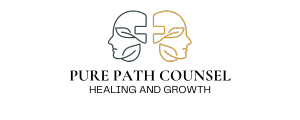
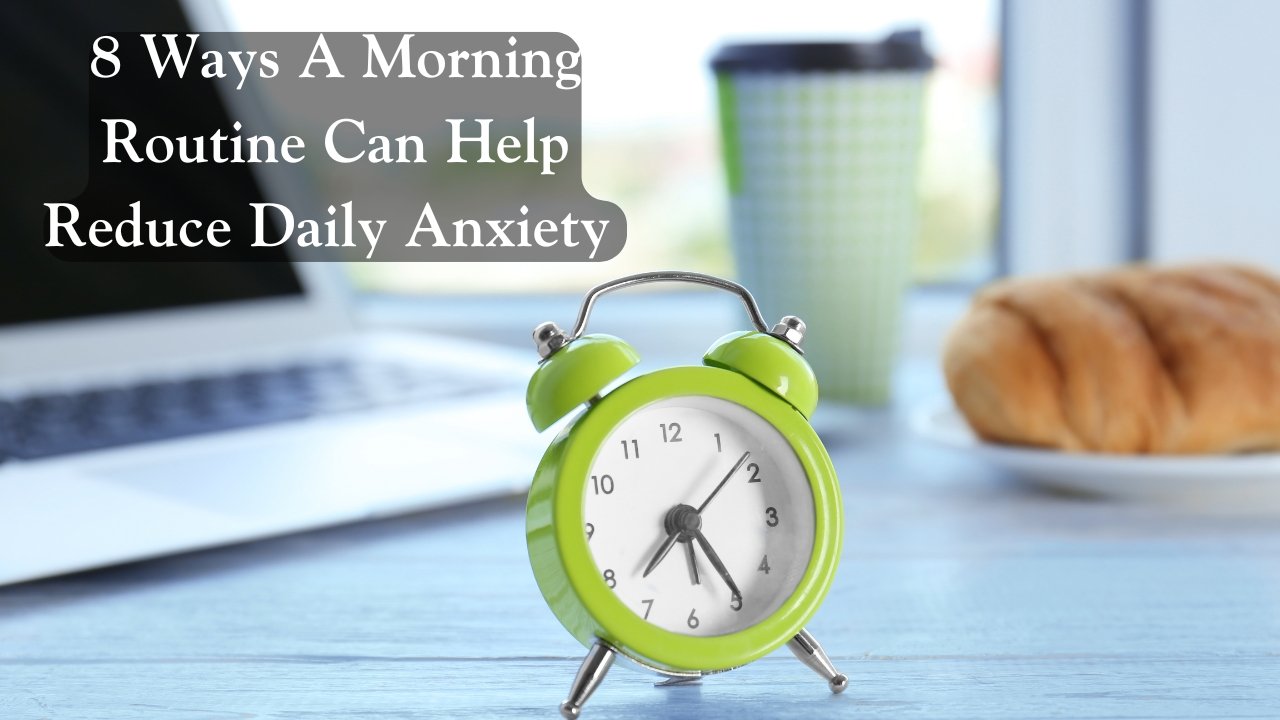



Leave A Comment